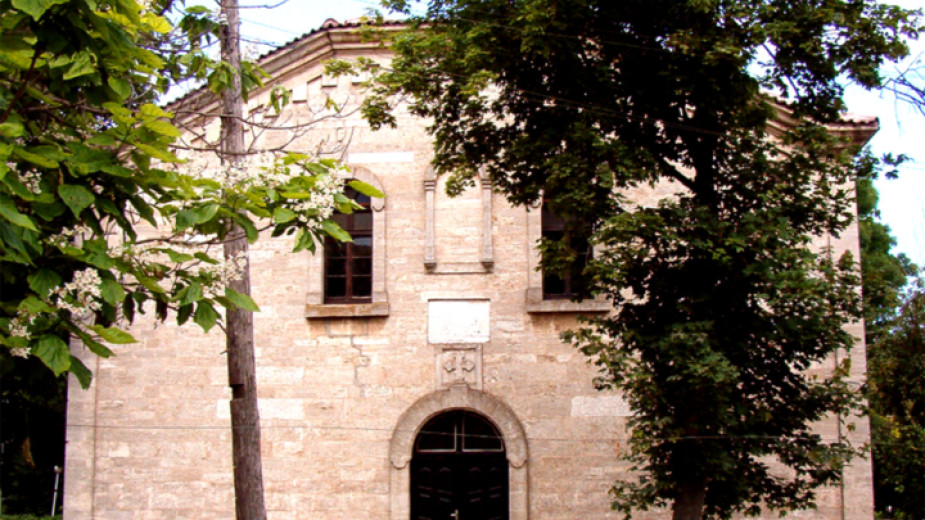 10
10
Every year on February 10, the feast of St. Haralambos , Bishop of Magnesia, is celebrated with special solemnity in a small Bulgarian town in the northernmost part of the country's Black Sea coast. For Shabla and its residents, this is the temple feast of the church "St. Holy Martyr Haralambos", which they built with great dedication, personal labor and sacrifices, but also a day of gratitude.
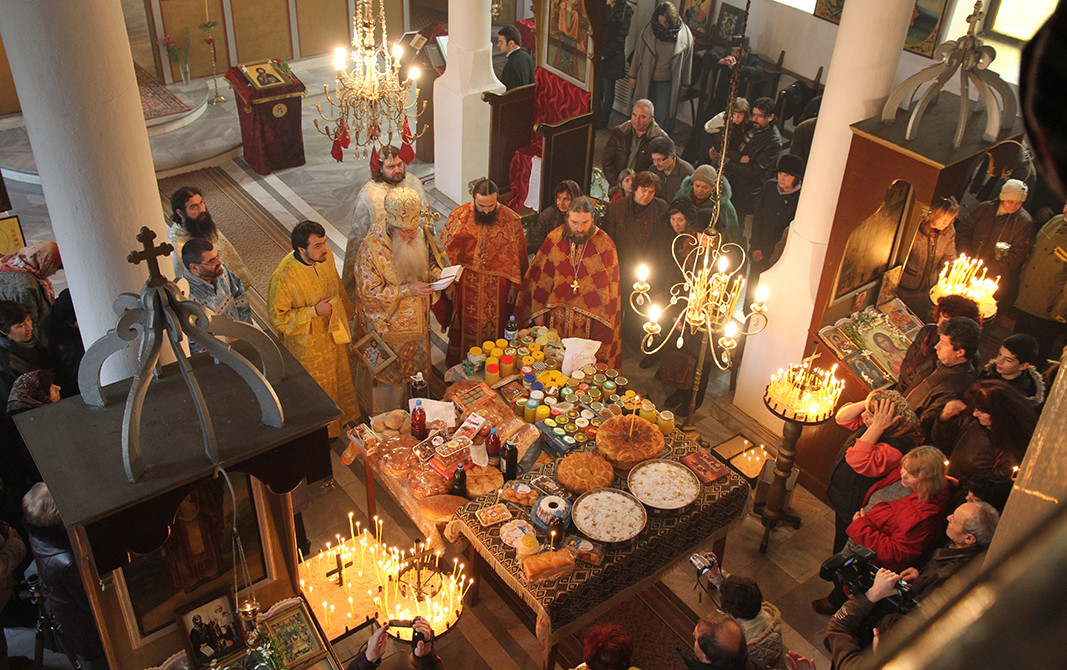
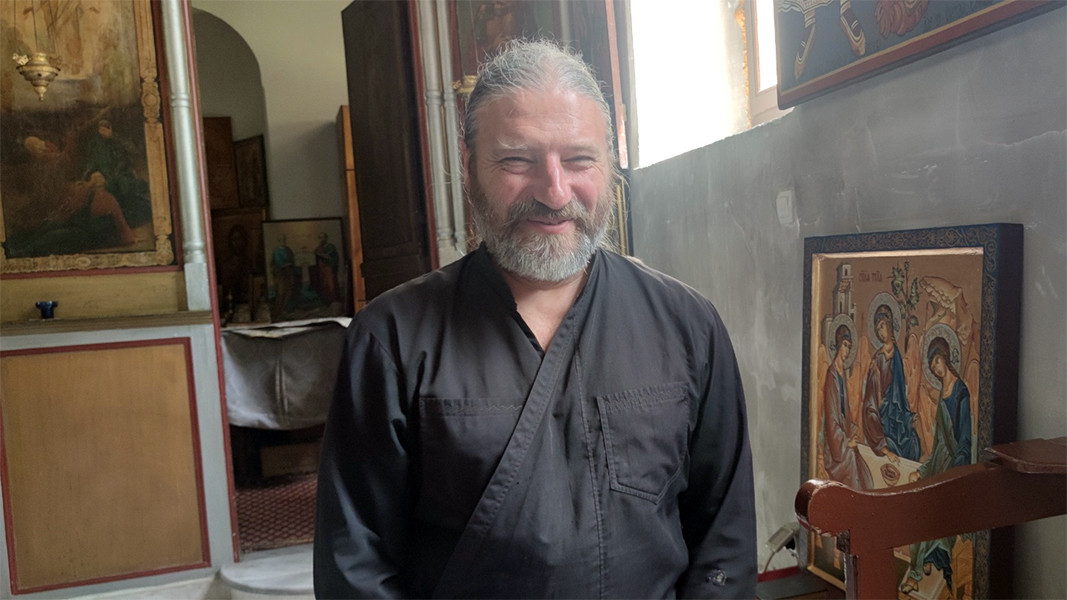
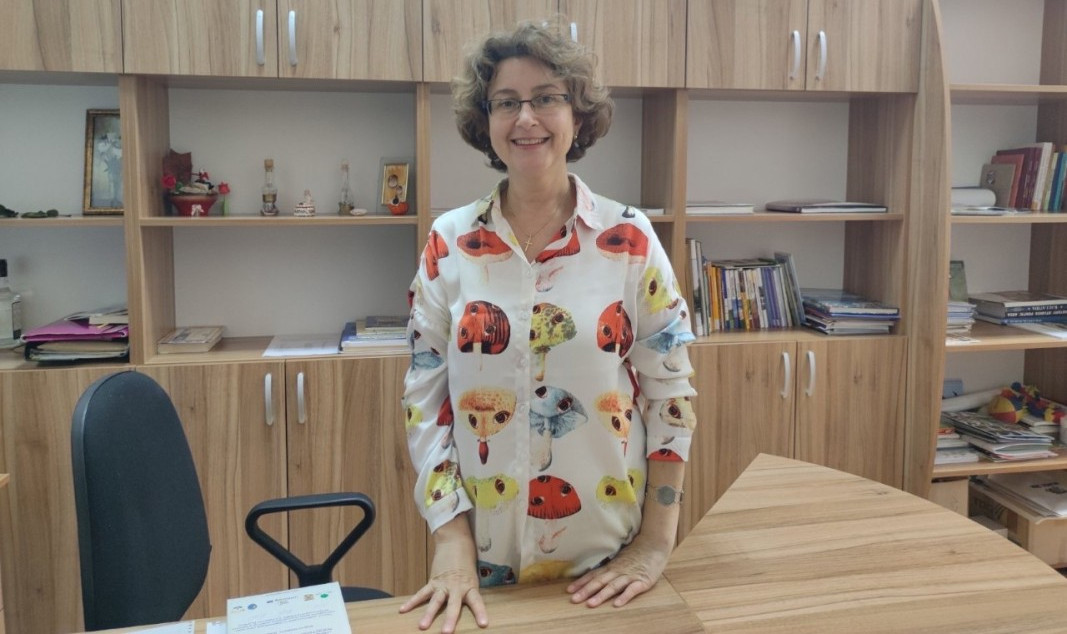
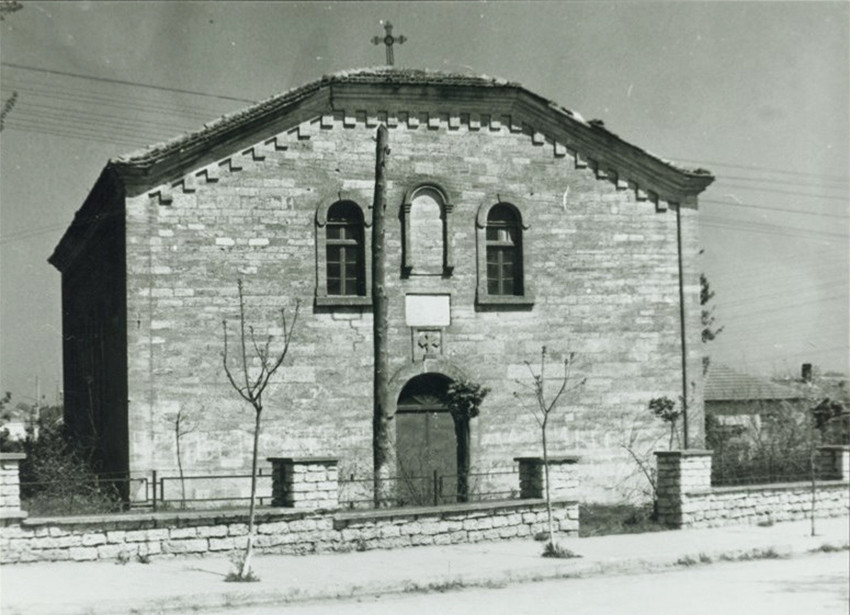
"The archives show that he had 51 years of service", continues Father Pavel. "His name appears as a young priest from 1897. In the last registers, when he baptized, he already wrote in large block letters and apparently in 1948 he was already very old. The most interesting thing is that he personally left a detailed description of the coast with geodetic points in the Shabla lighthouse, which shows that he was а educated and, in this respect, a versatile person."
According to the registers, Father Nikola did not serve in the parish between 1914 and 1917 and there is information that he was interned somewhere in Northern Romania. By the will of God and the intercession of his heavenly patrons St. Nicholas and St. Haralambos he returned to Shabla where his earthly journey probably ended. After him, of course, came other priests, who continued to care for the temple and the congregation, and the solid walls, erected under the expert eye of master Hristo Bozhkov-Zagoretsa, remain to remind generations of the God-loving work of their ancestors, and in 1999 the restoration of the church began:
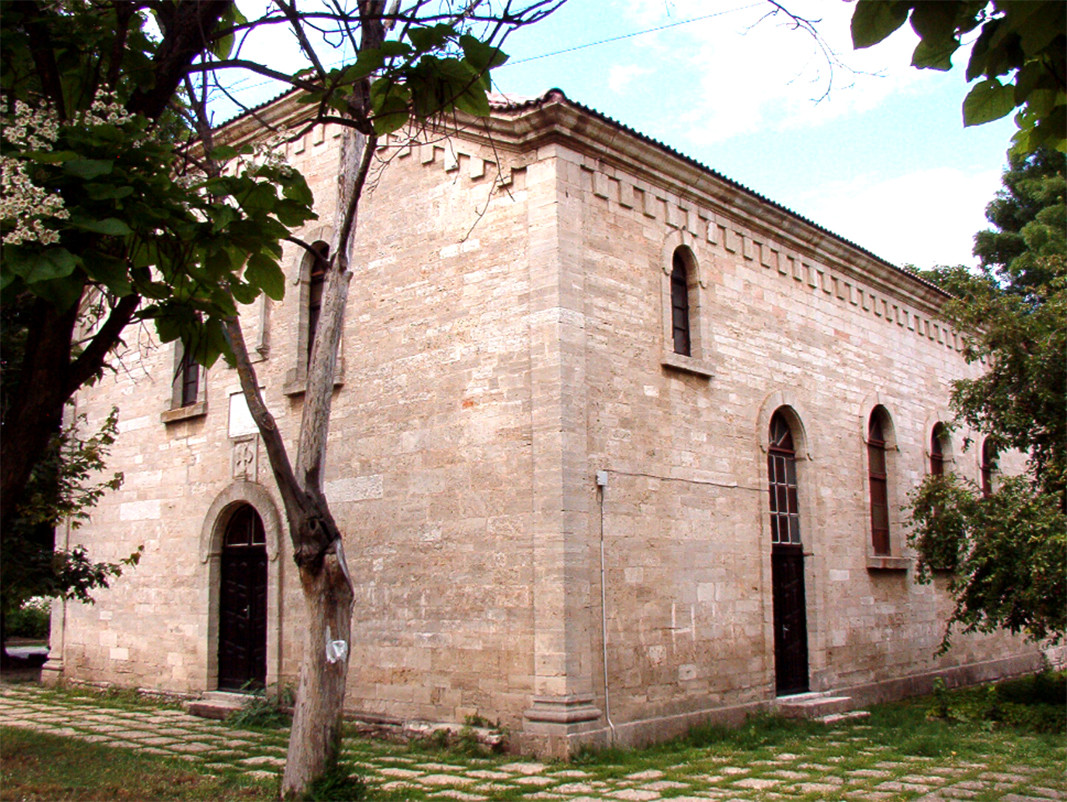

Read also:
Beloslav is a small town on one of the branches of Varna Lake. Yet it is here, in this quiet little town, that the only preserved Bulgarian submarine – Slava – is anchored . It was decommissioned a long time ago, and has now been turned in one of..
March 9 is the feast day of the Church of the Forty Martyrs in the town of Veliko Tarnovo - a place of exceptional importance for the Bulgarian statehood, which worthily preserves the memory of the glorious Tarnovo kings. On March 9, the..
Father Lyubomir Leontinow is one of three priests at the Cathedral of St Boris the Conqueror in Berlin and was the first priest ordained for the Western and Central European Diocese in 1994. After completing his theology studies in Bulgaria, he settled..

+359 2 9336 661
